[IFA 2016] What is the future of TV imagined by Philips?
Below is the interview of Philips when displaying large scale OLED TV in IFA 2016.
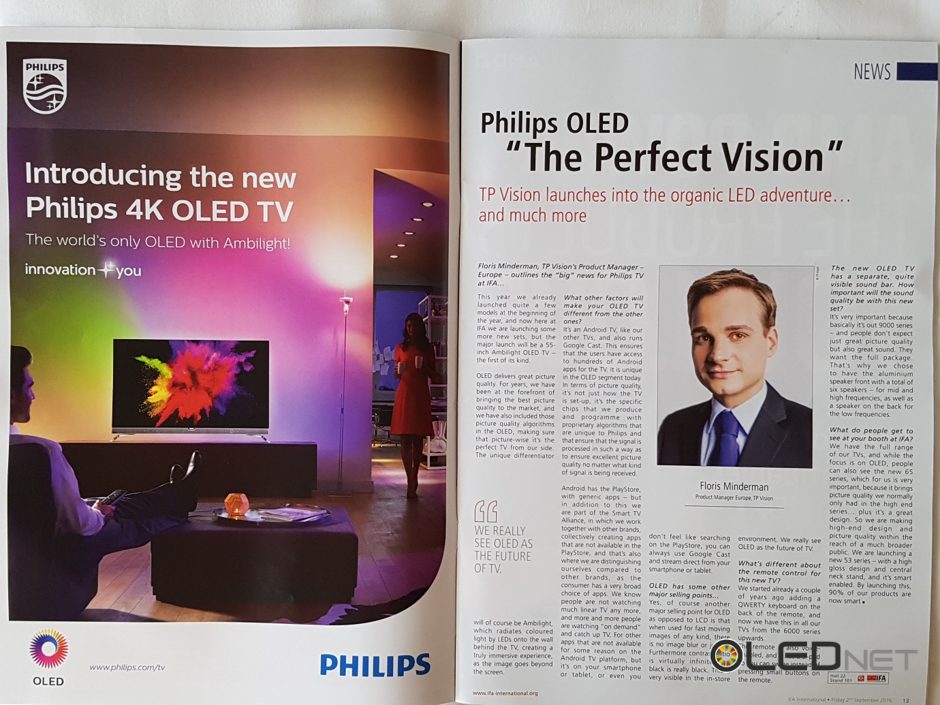
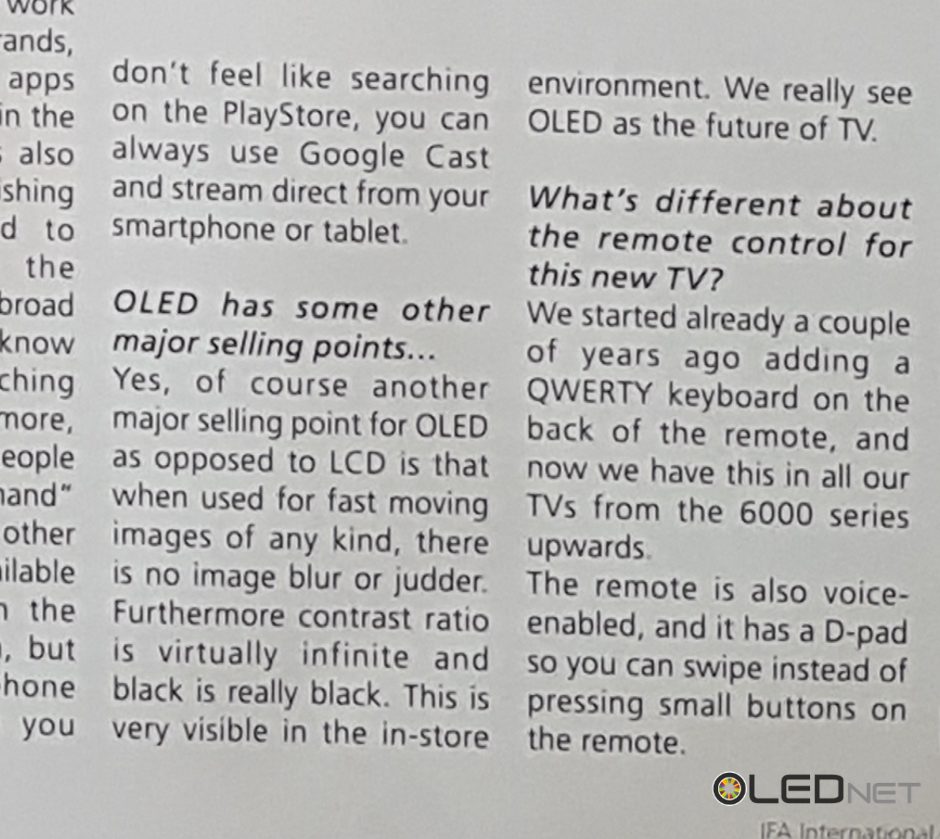
The future of TV viewed by Philips is OLED TV.
“We really see OLED as the future of TV”
Below is the interview of Philips when displaying large scale OLED TV in IFA 2016.


The future of TV viewed by Philips is OLED TV.
“We really see OLED as the future of TV”
Samsung Electronics TV Booth displayed in IFA2016 is very different from before. There are two types of LCD TVs in the market currently: the existing TV using LED BLU, and SUHD TV that uses quantum dot sheet. However, the product that was introduced and occupied a lot of booth exhibition space was the inorganic TV that uses quantum dot display, a product with unclear release date.
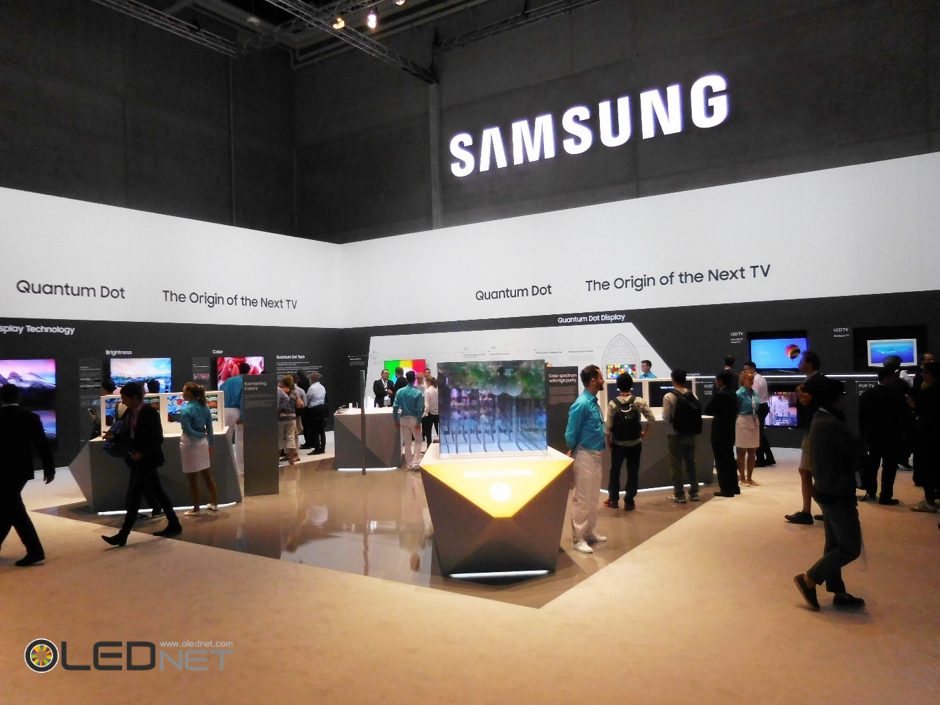
The conceptual inorganic TV that Samsung Electronics introduced instead of actual TV product is a product that displays far superior performance to OLED TV. As time goes by, the “organic” that represents OLED TV loses its function as a TV due to its rapidly decreasing brightness, whereas “inorganic” does not undergo such changes. If this is true, it is an excellent product that may well be used forever.
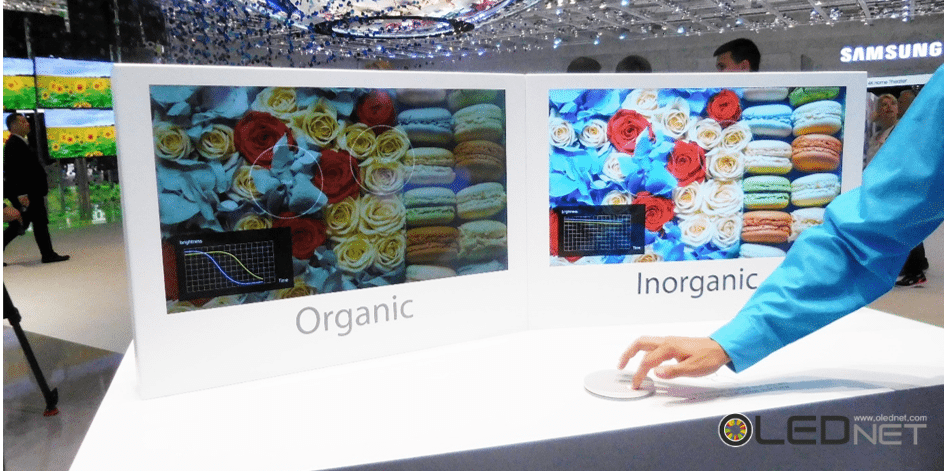
In another concept exhibition, Samsung Electronics introduced the superior color purity of Inorganic TV.
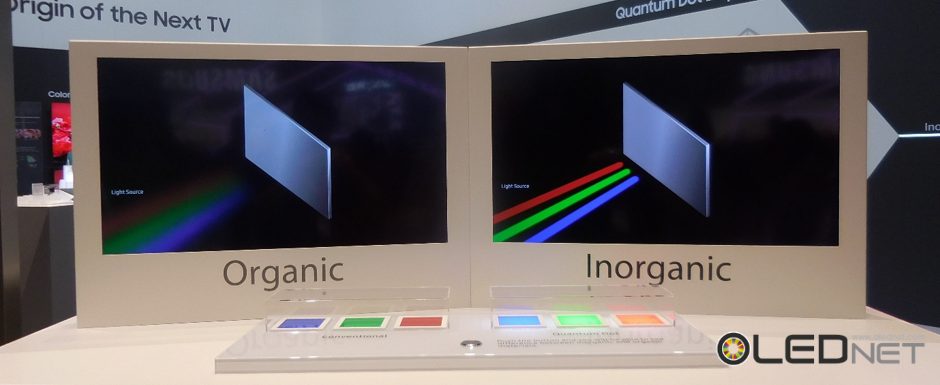
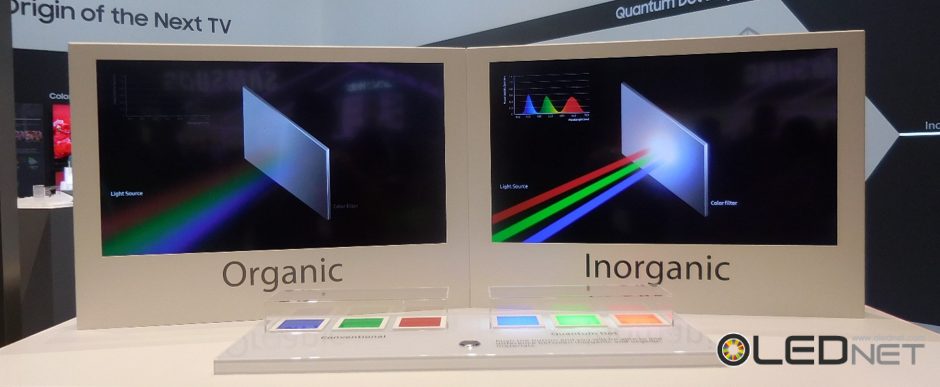
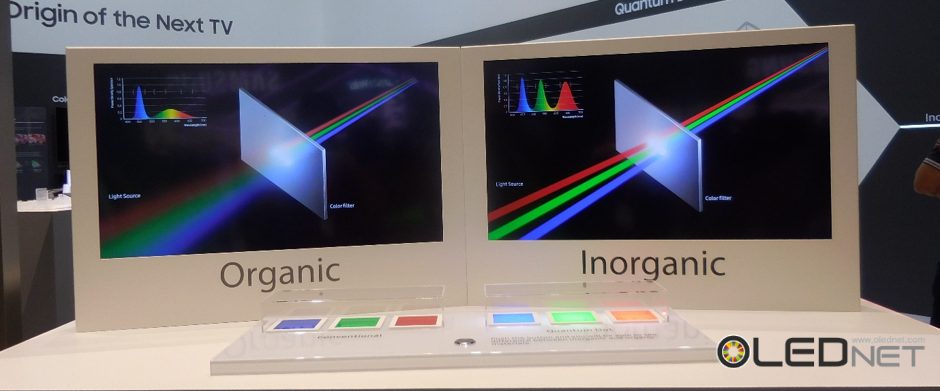
The light coming from the Organic TV light source has very vague RGB. In contrast, inorganic TV originates from clear RGB. Inorganic creates independent wavelength and intensity even before this light arrives at the color filter, whereas organic still displays a vague light with separated color.
The structure of inorganic TV seen from this is assumed to be a form in which a quantum dot substance is inserted between the screen and the color filter.
Finally, the light of organic, which goes through the color filter, lacks color purity of the three primary colors because it converts two-wavelength light with blue and green-red to three-wavelength.
However, even before arriving at the color filter, the light with superior color purity is emitted outside in inorganic.
If these two exhibitions are true, Samsung Electronics is preparing an incredible next-generation TV.
The problem pointed out by the participants is that this technology has not been born yet, and it is merely a concept. Samsung Electronics has described the unknown world with confidence, which is ironically viewed as if they are utterly unprepared for the future TV.
Moreover, by comparing OLED TV with a TV technology of the future instead of the SUHD TV currently in the market, they have indirectly admitted that OLED TV is better than the SUHD TV that uses quantum dot.
In IFA2016, Samsung Electronics wanted to show that SUHD TV will continue to grow and that OLED TV will disappear eventually. However, they have admitted that they are in an urgent situation in which, due to the superiority of OLED TV to the current SUHD TV, it cannot avoid being compared to the inorganic TV of the future.
Finally, whatever is done to LCD TV, black should be avoided, because it is LCD.
OLED TV is rising to be sensational in IFA2016, the largest consumer electronics show in Europe. In the development of the initial OLED TV market, LG Electronics is in the lead followed by Chinese companies. LG Electronics and Samsung Electronics, the two major companies in TV market, simultaneously launched OLED TV in 2013 and led OLED TV market until IFA2014. However, Samsung lost confidence to produce quality OLED TV and completely withdrew from CES in 2015. Since then, it has been focusing only on penetrating LCD TV market grafted on to QD technology.
Recently, Samsung Electronics stated that its OLED TV technology is still unsatisfactory due to the burning problem and thus, it is going to launch QLED TV, which uses QD technology, as the next product after LCD TV as soon as possible. Hence, there were many concerns over contraction of OLED TV market.
However, the on-going exhibition in IFA2016 is dispelling such negative concerns over Samsung OLED TV by the title, to be specific, “LCD TV, not anymore!”
Philips, the leader of consumer electronics in Europe, penetrated IFA2016 exhibition center with its newly developed OLED TV.

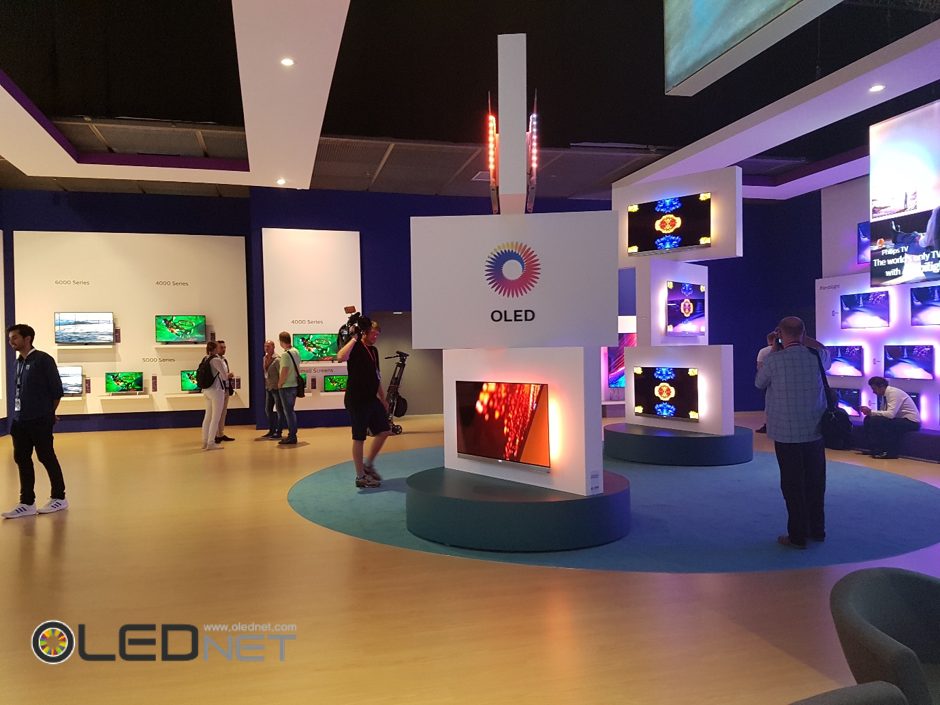
Philips planned the exhibition concept very delicately to highlight its OLED TV. First of all, it arranged lots of LCD TVs in three different sides to show that its main product is still LCD TV. It also placed OLED TV vertically in the middle of a space large enough to exhibit dozens of TV and made it to rotate to be displayed and seen well by visitors from any angle. Put differently, it designed the room for people to observe OLED TV in three dimensions. Through space arrangement rather than display of words, Philips declared its intention to change portfolio to OLED TV.
Moreover, the exhibition is designed so that visitors can easily compare superior OLED TV with LCD TV.
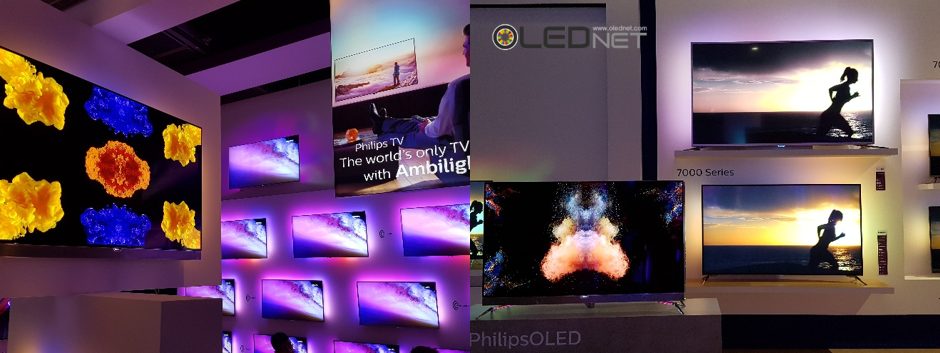
At the back of OLED TV, which displays vivid colors and clear contrast range, there is LCD TV where colors run as a result of ghost effect which blur and demolish the boundary of objects in the image. Such problem does not surface when one only sees LCD TV screen. However, it becomes clear when watched together with OLED TV.
Philips exhibited OLED TV in the middle of LCD TV to maximize the superiority of OLED TV.
Vestel, the leading power of TV in the Middle East, has also used the same strategy. It displayed LCD TV on the wall and arranged 12 OLED TVs in the middle, facing one another. By doing so, visitors can watch LCD TV through the back of OLED TV, too.
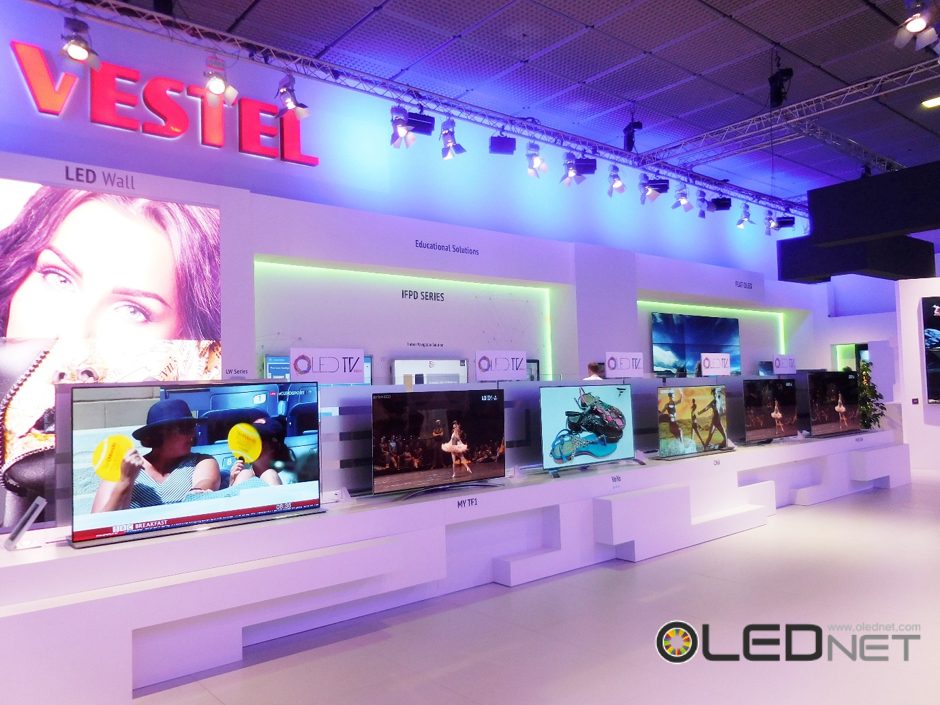
Futuremore, Vestel displayed the largest OLED TV in the world, made of 9 OLED TVs, at the end of exhibition, and showed that “this is OLED TV!
Although Samsung Electronics will continuously bring up negative concerns over OLED TV, more and more worldwide TV companies are still entering OLED TV market. Now the time is getting nearer for LCD TV to disappear and OLED TV to dominate the premium TV market.
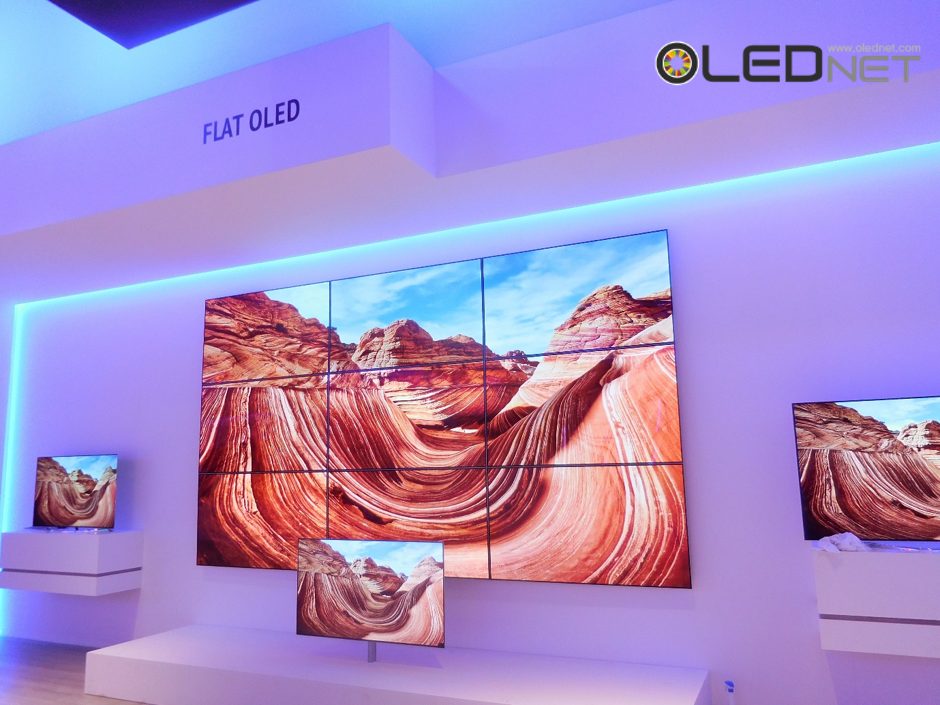
UBI RESEARCH / CEO:Choong Hoon Yi / Business License Registration Number 220-87-44660
ADDRESS: A-1901, Samho Moolsan Bldg, 83, Nonhyeon-ro, Seocho-gu, Seoul, Republic of Korea (Zip) 06775 TEL:+82-2-577-4390 / E-MAIL:marketing@ubiresearch.com
